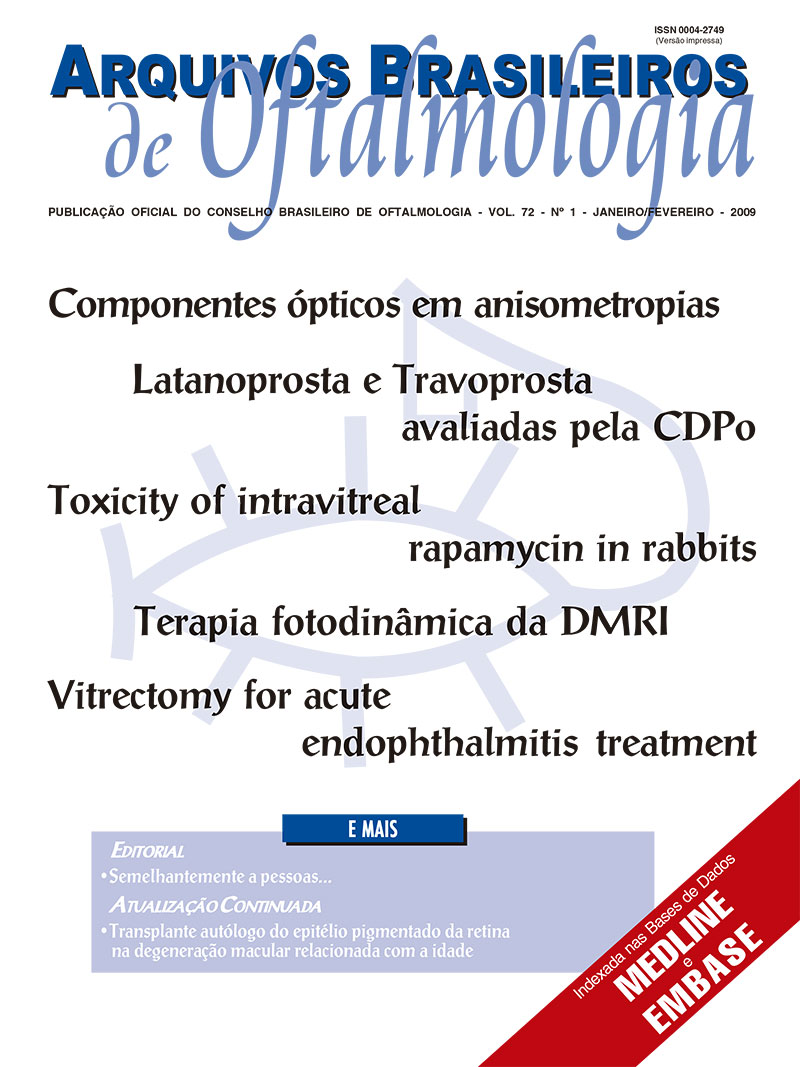PURPOSE: To investigate factors associated with the morphological quality of corneal tissue at the Hospital São Paulo Eye Bank (BOHSP) - UNIFESP. METHODS: Retrospective study of records from the BOHSP between 2001 and 2006. Information about donors such as age, gender, and cause of death were collected as well as time between death and enucleation (time-to-enucleation), time between enucleation and tissue preservation (time-to-preservation), preservation media, and source of corneal tissue. Biomicroscopic examination was performed in preserved corneas which were classified as "Excellent" or "Good" (group A) or "Regular", "Bad", or "Unacceptable" (group B). Multivariate logistic regression models were used to assess factors that were independently associated with corneal quality. RESULTS: Data from 870 cornea donors were analyzed. The mean ± standard error age in groups A and B was 40.7 ± 16.1 and 56.3 ± 17.5 years, respectively (p<0.01). Time-to-preservation was significantly lower in group A (5.2 vs. 6.6 hours, p<0.01). There was no statistically significant difference between the two groups regarding gender (p=0.82) and time-to-enucleation (p=0.17). A higher proportion of traumas was observed in group A compared to group B (p<0.01). Overall, Optisol was the most commonly used preservation medium and approximately half of the corneas were harvested by BOHSP. Factors that were independently associated with corneal quality were: age (Odds ratio 95% CI, 1.05 (1.04 - 1.06), for 1 year), time-to-preservation (1.05 (1.02 - 1.08), for 1 hour), source (1.53 (1.12 2.09), for Others vs. BOHSP) and cause of death (2.06 (1.43 -2.96), for Chronic diseases vs. External causes). CONCLUSIONS: This study showed some factors that were independently associated with morphological quality of donated corneas in the BOHSP such as age, time-to-preservation, source, and cause of death. Similar studies are necessary in order to determine factors that might influence the quality of corneas delivered to ophthalmic surgeons.
Keywords: Corneal diseases; Eye banks; Corneal transplantation; Quality control; Tissue and organ procurement; Organ preservation
